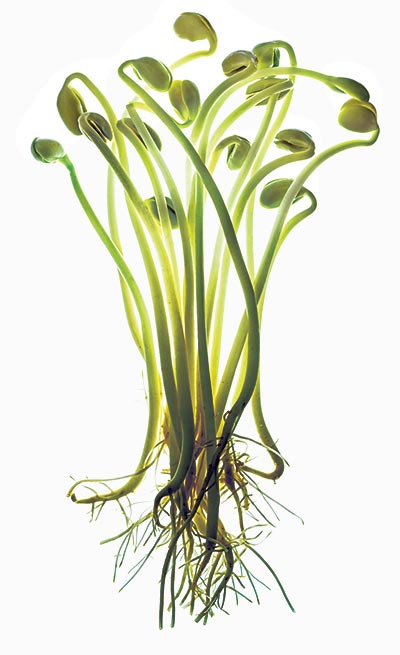
As a nation, the United States has long been dealing with heart disease, cancer, and obesity. And now on the rise are autoimmune diseases. The number of diagnoses of such conditions is growing rapidly. How much of a role does food play in all this? I have a hunch that it’s more than we think.
Including more of certain foods in our diets could help prevent disease before it begins. So let’s first take a look at some fruits.
Fruits such as bananas, oranges, and berries are very popular and provide many nutritional benefits. So do apples.
We’ve heard the expression “An apple a day keeps the doctor away.” How much truth is there to that? Several studies have been done on the benefits of the apple peel. One study from the University of Wisconsin found that with human prostate and breast cancer, the peels of organic gala apples activated the tumor suppressor gene, maspin. Researchers concluded that apple peels “possess strong antiproliferative [cell-growth inhibiting] effects against cancer cells, and apple peels should not be discarded from the diet.”1 So when you make apple muffins or apple crisp, leave on the peels.
Which fruits rank at the top for fighting cancer most effectively? Lemons and cranberries!2 Who would have guessed? The lemon peel is especially effective. You can wash a lemon and freeze it. When you need it, just grate some of the rind into your salads, smoothies, or any dish to enhance flavor. I add cranberries to my smoothies, or make a cranberry sauce.
What about vegetables? Dark, leafy greens are nutrient-dense foods. We want to include as many of those as we can in our diet. When making a salad, think “dark green” (not iceberg lettuce). Which of the greens has the most anticancer effects? Spinach rates at the top of the list in blocking the growth of human cancer cells.3 So whatever lettuce you decide to use, remember to include plenty of spinach.
When you make your salad dressing, be sure to use garlic; it’s the number one anticancer vegetable!4 Blend some fresh, minced garlic with lemon juice, and drizzle a little olive oil with it. It’s a perfect dressing that’s loaded with antioxidants.
When making salads or sandwiches, be sure to include sprouts. Broccoli sprouts are especially nutritious. For the phytochemical sulforaphane, one cup of broccoli sprouts is equivalent to 27 cups of broccoli.5 If you don’t like the taste of broccoli, use sprouts.
Right now I’m sprouting five trays of chickpeas. Antioxidants in chickpea sprouts are five times greater than in nonsprouted chickpeas.6 I even make waffles using sprouted chickpeas. They taste great!
Another super food that’s high in fiber and phytic acid, or phytates (antioxidant compounds), is beans. There are all kinds of varieties, but black beans have the highest percentage of fiber. The phytic acid in the beans has cancer-protective properties as well.7 Beans also help to keep your blood sugar within the normal range.
A recent study calculated that if half the population in the United States ate just one additional serving of conventional fruits and vegetables a day, 20,000 cases of cancer could be prevented.8 So when you make up your grocery list, include apples, lemons, cranberries, spinach, garlic, and beans—along with all the other wonderful whole foods God has provided.